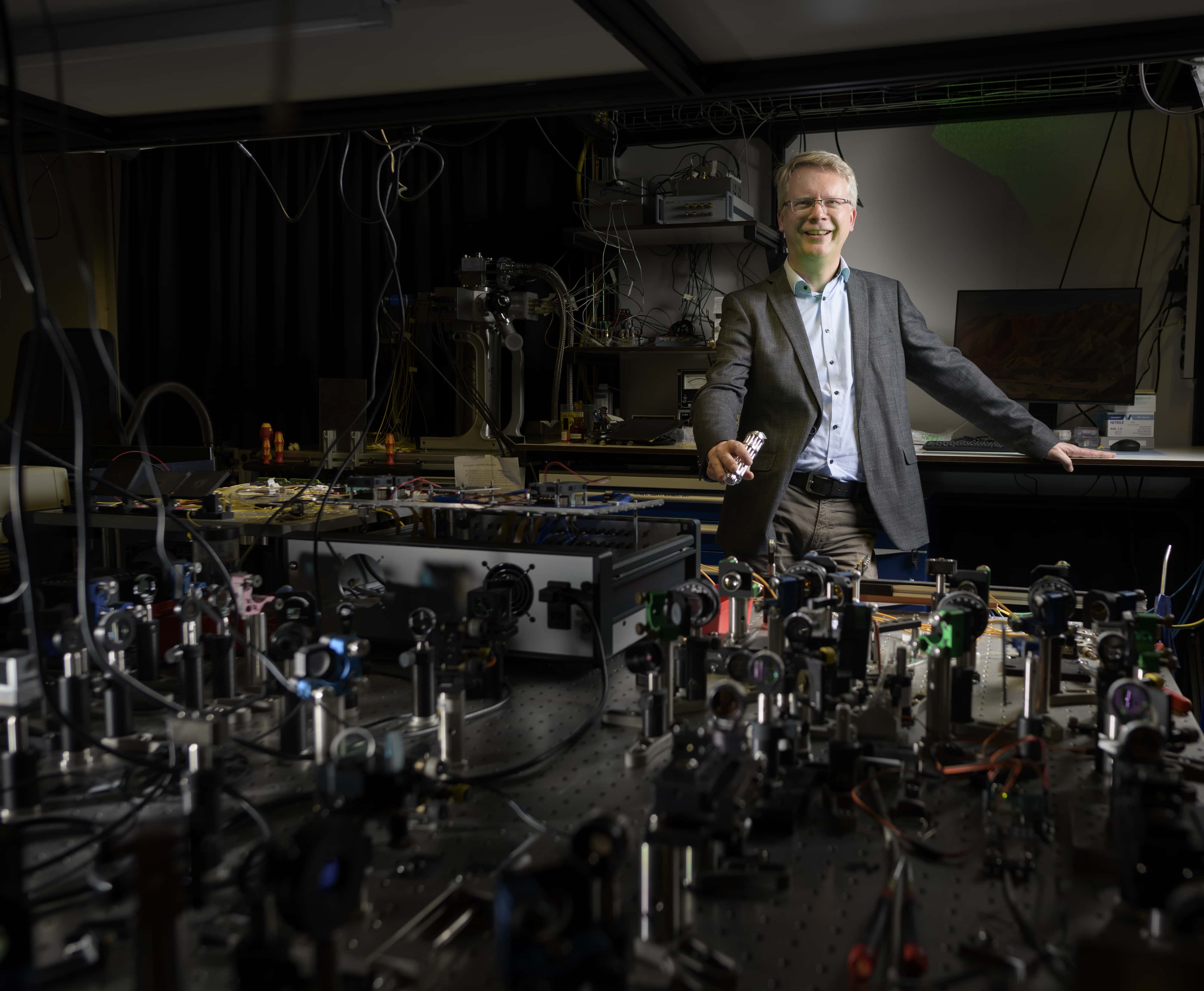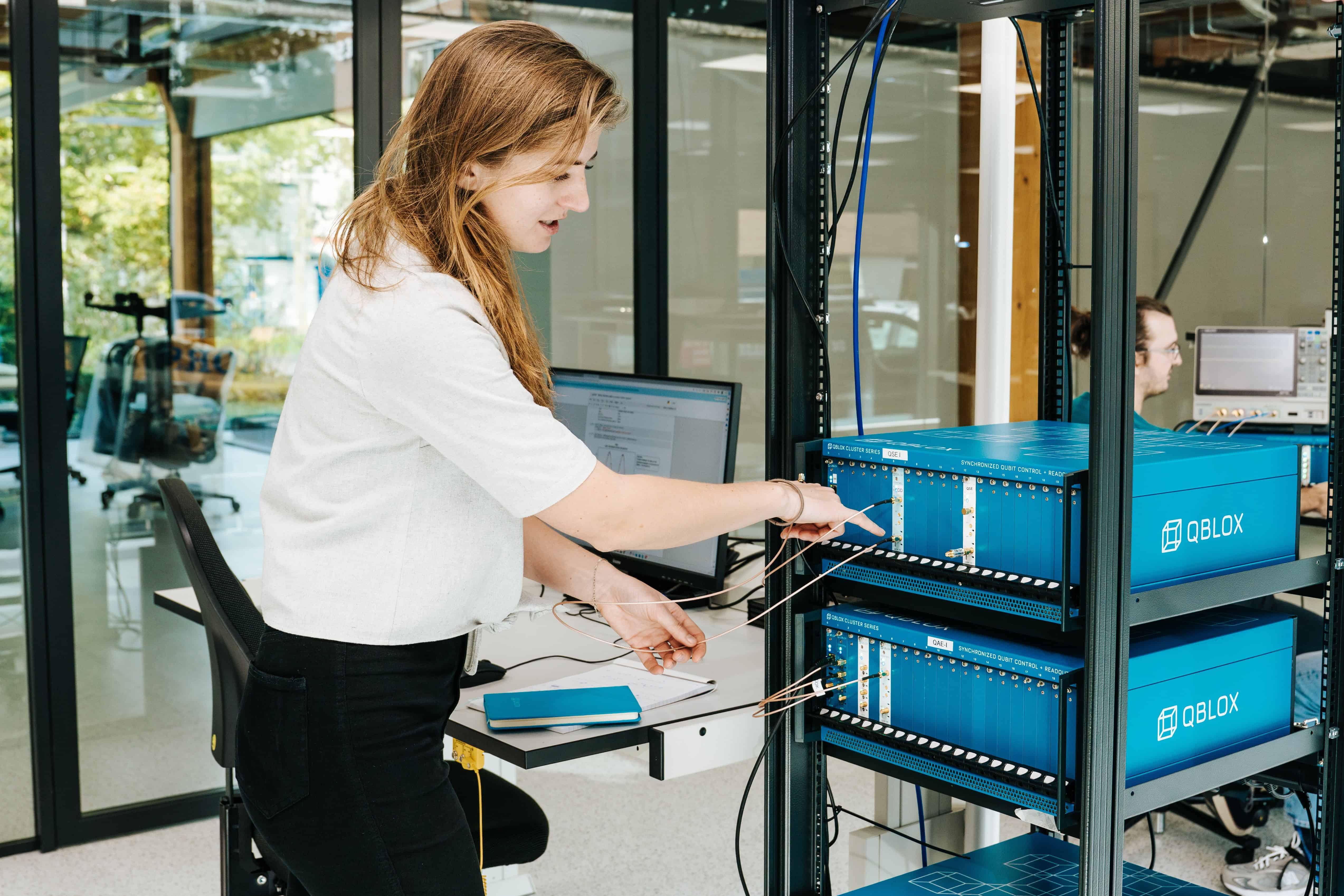
Researchers at Ghent University (UGent) in Belgium have developed a logic gate that is capable of calculating backwards. This has implications for many applications, such as DNA analysis or financial transactions whose security is guaranteed by the fact that it is extremely difficult to use the outcome of certain calculation to reconstruct the input that was used to form it.
One limitation that our everyday computers have, the university writes in a press release, is that they cannot solve problems known as ‘inverse computations‘. This is because the logic gates (the building blocks of computers) can produce an outcome very quickly for a given input, but are unable to tell what the input was for a given outcome. In order to solve this kind of problem, computers must be developed that work fundamentally differently from the ones we use today. These could include quantum computers, but there are also alternatives that are closer to our current hardware, such as this that use magnetic logic.
Minuscule magnets
The research carried out in Professor Van Waeyenberge’s DyNaMat group at UGent focuses on the behavior of magnets with a size of a few nanometers; a thousand times thinner than a single human hair. On this minuscule scale, the magnets exhibit very interesting behavior that can be utilized in a wide range of applications. As part of an international collaboration with the University of California, San Diego in the USA and the Jülich Research Center in Germany, they set out to find a logic gate based on nanomagnets that is able to work in both directions with the aim of being able to perform inverse calculations very efficiently.
Prime numbers
The logic gate, which is being developed as part of Pieter Gypens’ doctorate, is made up of four magnetic islands, two of which serve as input, one as output and one which ensures, via its magnetic field, that the whole unit exhibits the correct logical behavior. By linking twelve of these gates together, numbers up to and including 9 could be broken down into their prime factors, thereby demonstrating the researchers’ proof of concept.
Optimal routes for distribution of parcels
“Today’s breakthrough demonstrates the potential of what this hardware can do, rather than whether it will directly lead to a new type of computer. As with quantum computers, there is still a long way to go when it comes to demonstrating that something is possible and working it out in practice at a scale relevant to real-world applications,” said Jonathan Leliaert, co-promoter of the research.
However, there is no shortage of potential applications, because in addition to the encryption of financial transactions, these types of calculations also form the basis for DNA analysis. Or for finding the optimal routes for the distribution of parcels by postal services, for example.
Also interesting: Electric Auke: ‘Sorry bitcoin fans, but there are more energy-efficient alternatives’
Selected for you!
Innovation Origins is the European platform for innovation news. In addition to the many reports from our own editors in 15 European countries, we select the most important press releases from reliable sources. This way you can stay up to date on what is happening in the world of innovation. Are you or do you know an organization that should not be missing from our list of selected sources? Then report to our editorial team.




